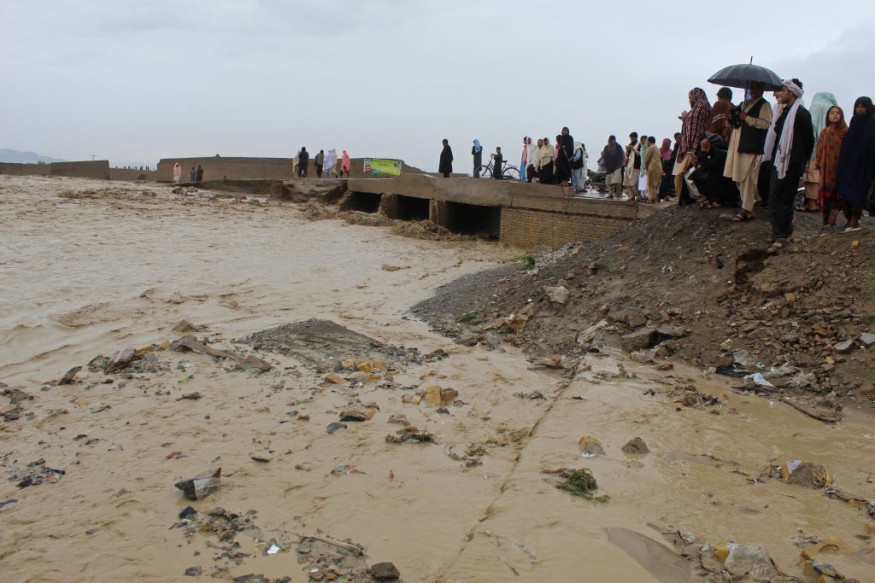
Pakistan recorded its "wettest April" in more than 60 years, with more than twice as much rain falling during the month as usual.
Excessively Above Rainfall
In its monthly climate report, the metrology department stated that the amount of rainfall in April was 59.3mm (2.3 inches), which was "excessively above" the average of 22.5mm (0.9 inches).
Pakistan experienced 164% more rainfall last month than it typically does in April.
The provinces of southwest Baluchistan and northwest Khyber Pakhtunkhwa were most severely hit by the heavy rains.
There were at least 144 fatalities from house collapses brought on by strong rains and thunderstorms. In northwest Khyber Pakhtunkhwa, where 84 people-including 38 children-died and almost 3,500 homes were damaged, the highest death toll was recorded.
Pakistan's national monthly temperature for April was 23.67 degrees Celsius (74.6 degrees Fahrenheit), 0.87 degrees Celsius below the norm of 24.54 degrees Celsius, the study stated, despite the fact that much of Asia is scorching due to heatwaves.
Climate change is a major factor that is influencing the erratic weather patterns in our region," said Zaheer Ahmad Babar, spokesman for the Pakistan Meteorological Department.
Read Also : Flash Floods Due to Heavy Rain Kill 57 People in Pakistan; Dozens of Death Reported in Afghanistan and India
Climate Crisis
The South Asia country is home to the fifth-largest population in the world and emits less than 1% of greenhouse gases into the atmosphere, according to officials, it is extremely sensitive to extreme weather that is made worse by global warming.
Experts claim that insufficient infrastructure and poor governance are to blame for the extreme air pollution and heatwaves that have affected several parts of Pakistan .
A total of 1,739 people were killed in 2022 when torrential downpours swollen rivers and at one point submerged a third of Pakistan.
Pakistan is still working to recover from the $30 billion in damages inflicted by the floods. That year, rainfall in Karachi was 726 percent above average, while it was 590 percent above average in Balochistan.
According to a recent assessment by the United Nations humanitarian organization OCHA, the flash floods severely damaged a large area of crops, especially the wheat crop, which was ready for harvest.
This has compounded the losses from the rain-related occurrences and caused major economic losses for local farms and towns.
The wheat harvest, a main food source, was harmed in some parts of Punjab, the most populated province and the breadbasket of a nation experiencing economic hardship, by strong rains and hailstorms.
Last month, UNICEF, the UN agency for children, issued a demand for immediate action to protect children who are most at risk from climate change.
According to a statement, children in Pakistan have "extremely high risk" of being negatively impacted by the climate crisis. By December 2023, 9.6 million children in flood-affected areas still needed humanitarian assistance, despite major aid efforts, according to the report.
Events linked to climate change are happening almost annually now. However, environmental lawyer and campaigner Ahmad Rafay Alam stated that we are not ready for it.
"It is the responsibility of our provincial and federal governments to prioritise climate relief and mitigation measures. However, their focus appears to be primarily on political matters," he added.
Related Article : Pakistan, Afghanistan: Deadly Flooding: Over 100 Killed Due to Flooding, Heavy Rains
© 2025 NatureWorldNews.com All rights reserved. Do not reproduce without permission.





